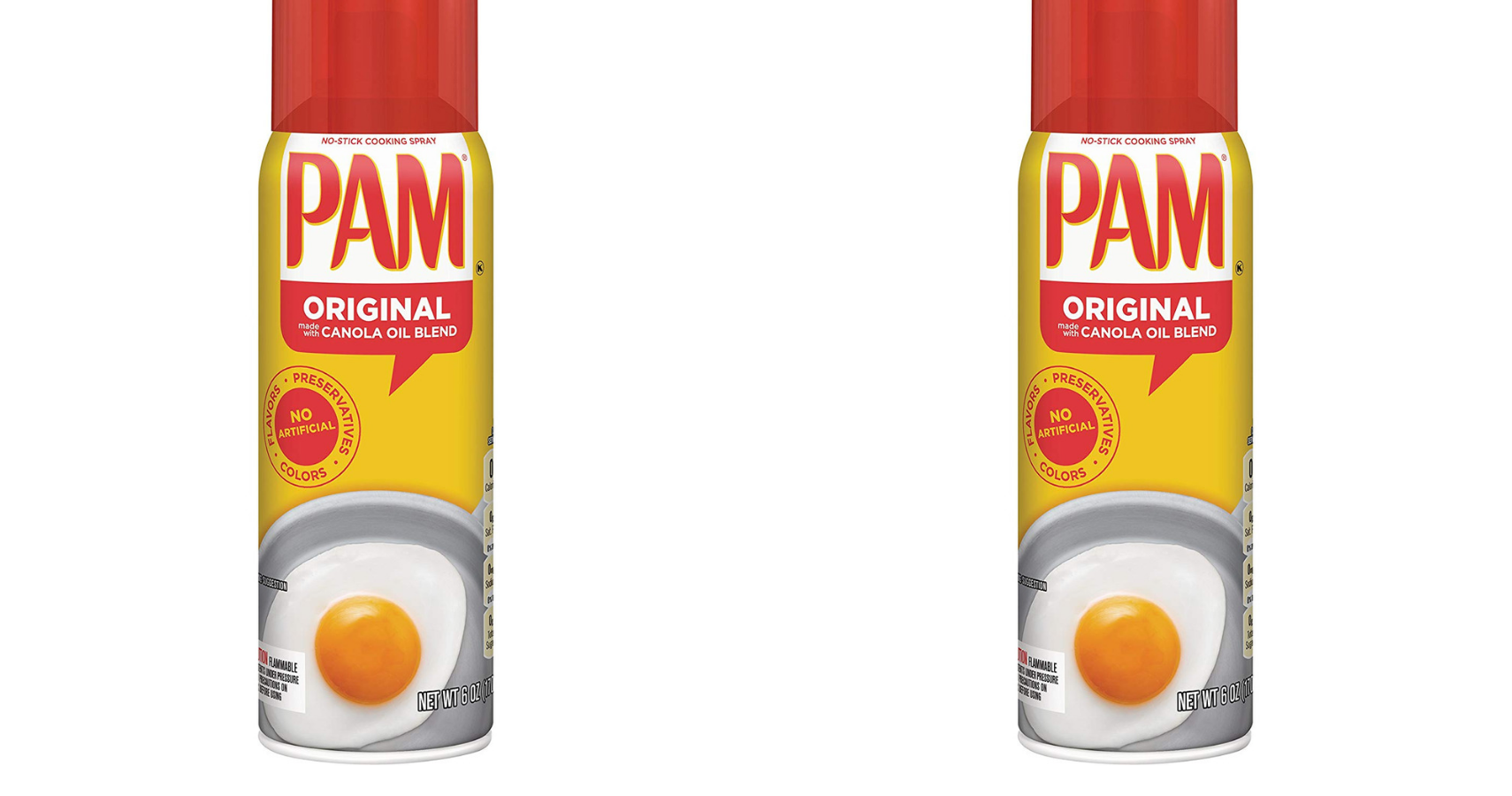If you took a peek into your spice cabinet or pantry right now, we bet you'd find a whole bunch of old, half-used spices, oils, sprays, and condiments. It's easy to forget they're there, especially if it's not something you use on a regular basis. Plus, since a lot of this stuff has a really long shelf life, one jar or container can last a long time! You might not think of issues with certain canister designs as long as the product is still good, right? But as it turns out, sometimes canisters are redesigned for reasons that end up being potentially dangerous. And those older designs can backfire in a big way (no pun intended). Several people are suing Conagra, the makers of Pam cooking spray, saying that the old canister design was faulty and prone to explosions. This might be a good time to take a look at any cans of PAM you have in your pantry and toss them out.
Six lawsuits were filed against Conagra on Tuesday. The lawsuits allege that eight people were injured, some of them severely, when cans of PAM cooking spray exploded while being used near a hot stove. Victims suffered burns, some of them serious enough to require surgery and skin grafts. The cans that exploded were all industrial-sized cans of the spray purchased from wholesale stores like Costco.
The cans feature a U-shaped venting mechanism on the bottom of the can. The lawsuits alleges that the venting mechanism made the cans dangerous and prone to explosions. These larger cans were actually discontinued by Conagra in January 2019, but the company did not issue a recall for product still left on the shelves.
Conagra says that there is nothing wrong with the cans, as long as they're used correctly. The company says that when the product is used as instructed, it is 100% safe and effective, and millions of people use the same product on a daily basis without incident. The cans are marked with instructions for use as well as warnings, which state the spray should not be used around open flames or stored at temperatures above 120 degrees Fahrenheit.
READ NEXT: Six States Are Suing Over Weakening School Nutrition Standards

